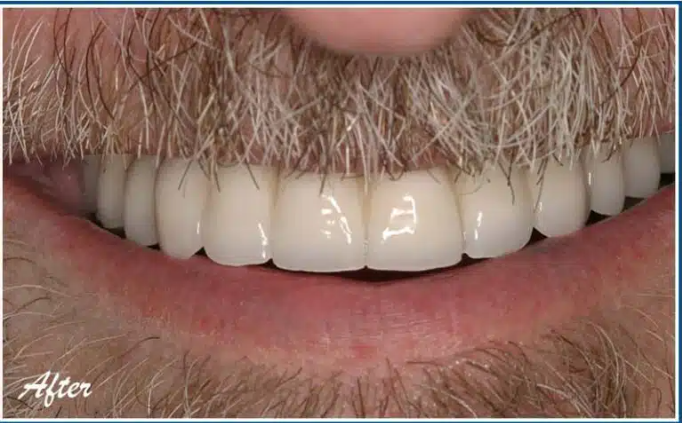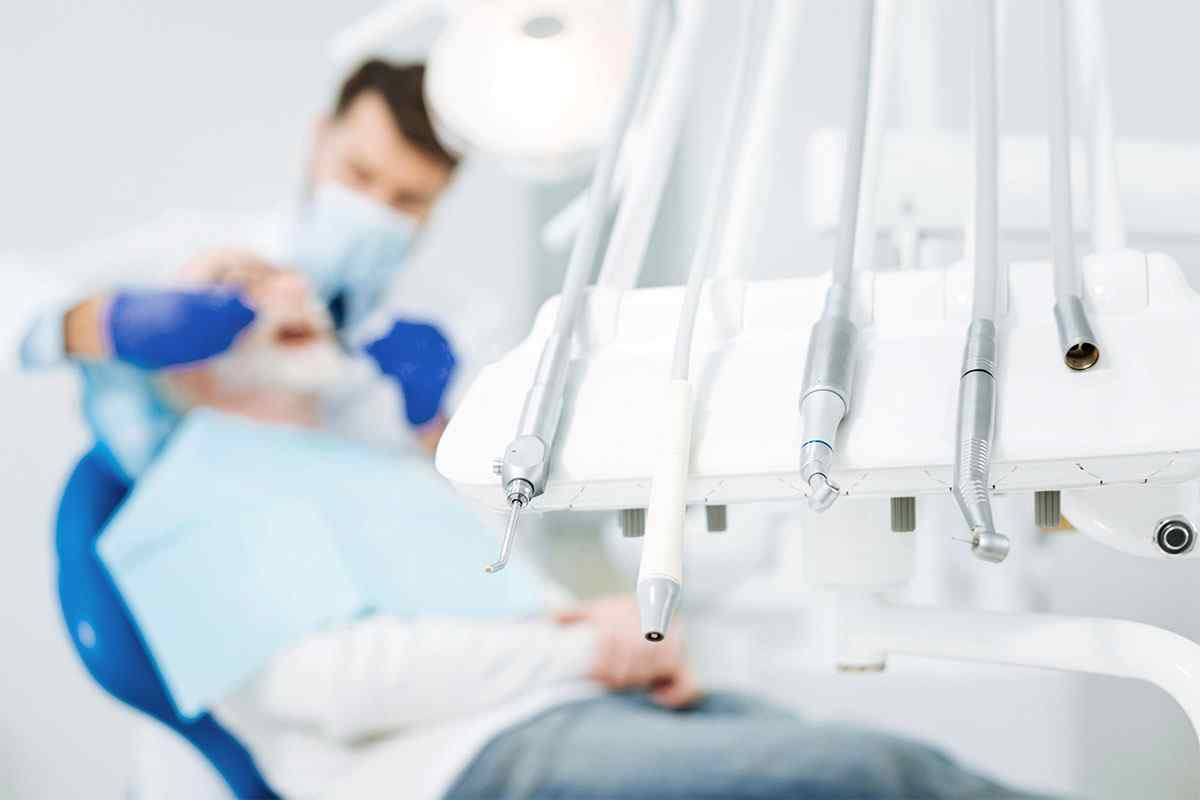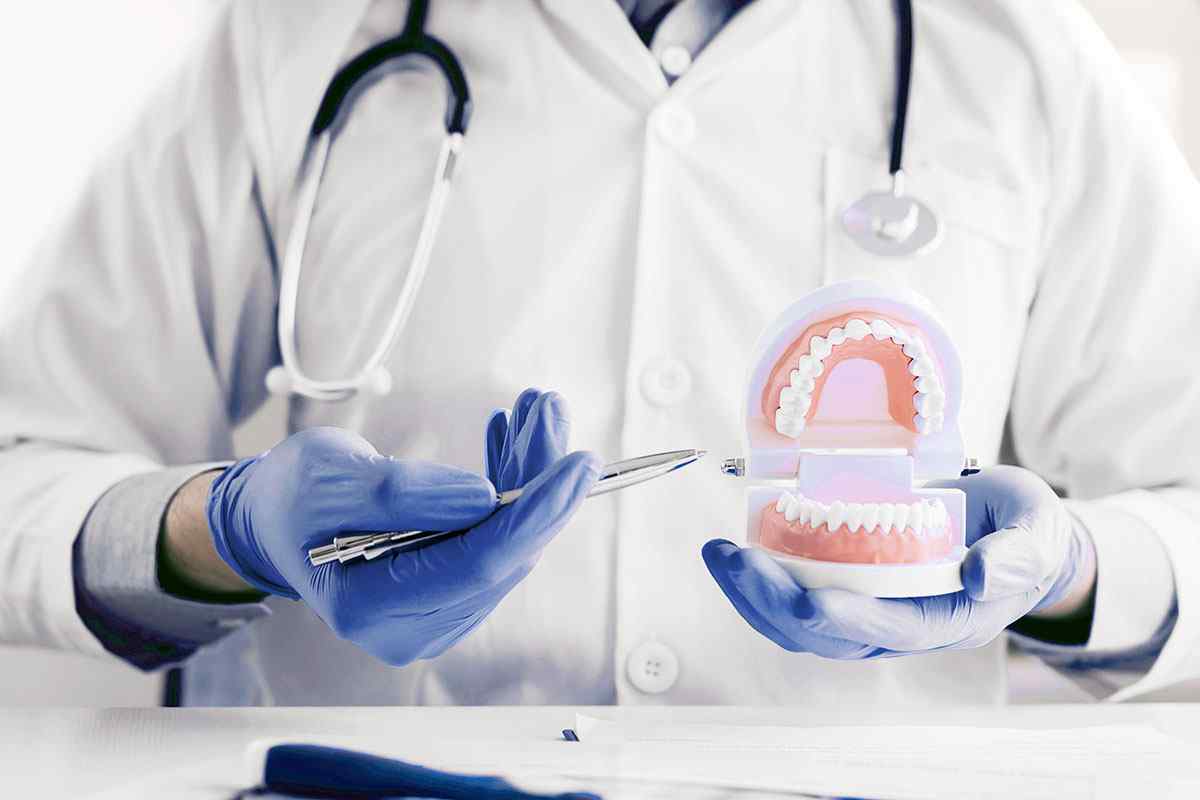Why is
Bone Grafting Needed?
Book An Appointment
When a tooth is lost, the surrounding jawbone begins to shrink due to lack of stimulation. This can cause:
✔ Insufficient Bone Volume – Not enough bone to support a dental implant.
✔ Facial Collapse – Sunken facial appearance due to bone loss.
✔ Loose Teeth – Weakening of bone around existing teeth, leading to periodontal issues.
A bone graft helps regenerate lost bone, creating a strong foundation for implants or other restorative treatments.
Types of Bone Grafts
1️⃣ Autograft (Patient’s Own Bone)
- Bone is taken from another part of the body (e.g., chin, hip).
- High success rate but requires an extra surgical site.
2️⃣ Allograft (Donor Bone)
- Bone from a human donor (usually processed and sterilized).
- No need for a second surgery site.
3️⃣ Xenograft (Animal-Derived Bone)
- Usually from bovine (cow) or porcine (pig) sources.
- Safe and effective, with slow resorption for strong support.
4️⃣ Alloplast (Synthetic Bone)
- Made from biocompatible materials (e.g., calcium phosphate or hydroxyapatite).
- Encourages natural bone growth without using biological sources.


Bone Grafting Procedure
✔ Step 1: Diagnosis & Planning – X-rays or CBCT scans determine the extent of bone loss.
✔ Step 2: Graft Placement – The bone graft material is placed in the deficient area.
✔ Step 3: Healing & Integration – The graft fuses with the existing bone over 3-6 months (osseointegration).
✔ Step 4: Implant Placement (if needed) – Once healed, a dental implant can be placed.
Recovery & Aftercare
- Swelling and mild discomfort for a few days.
- Avoid smoking and hard foods to promote healing.
- Regular dental check-ups ensure proper bone integration.
DentiCare Services
Get In Touch With Us
+36 55 544 059
book@denticare.hu
Book An Appointment
Book a visit to DentiCare, simply fill out the form below and we will contact you back regarding the intervention you require.





